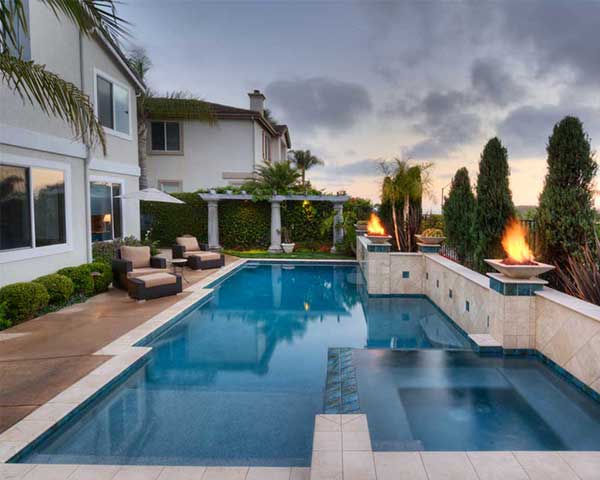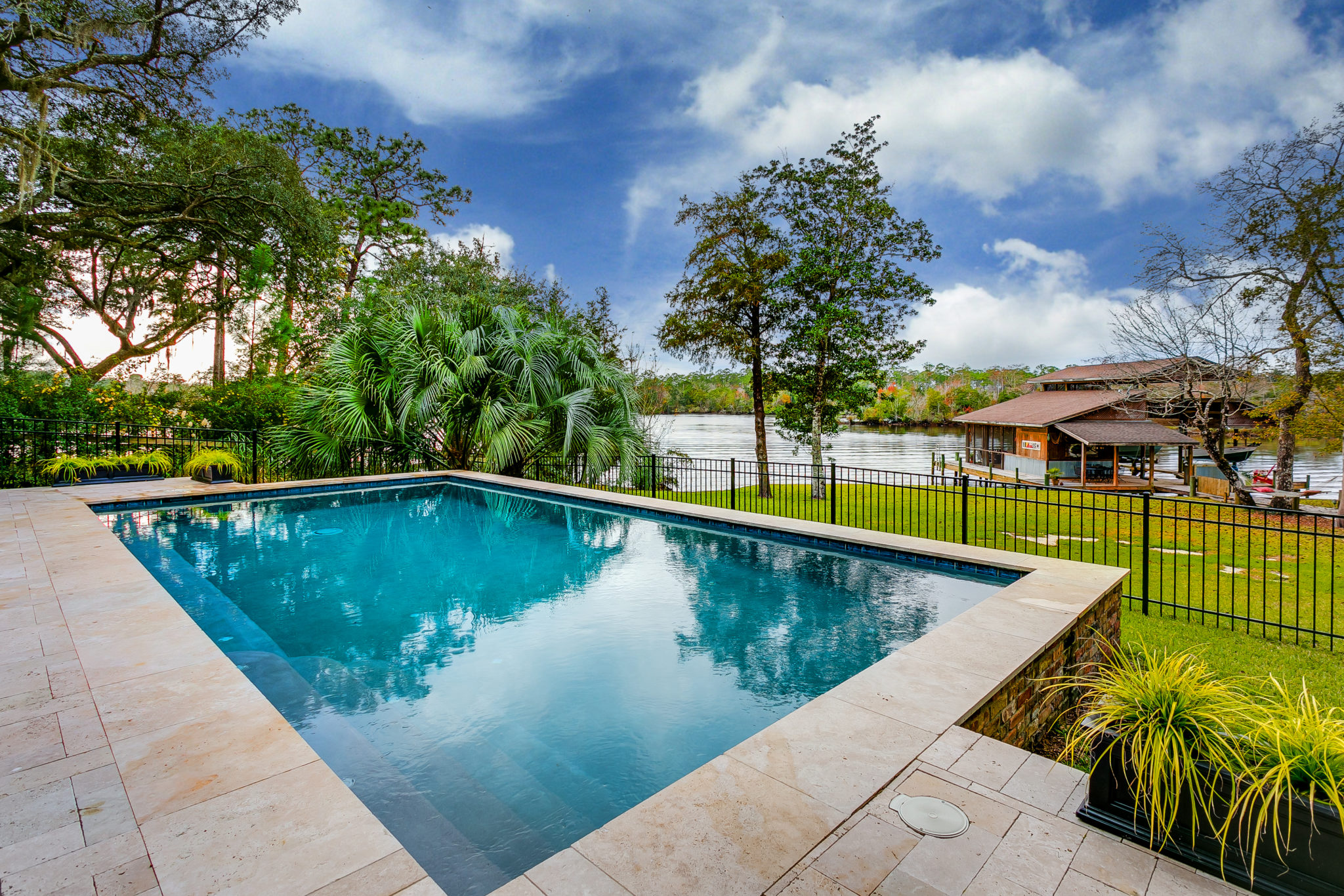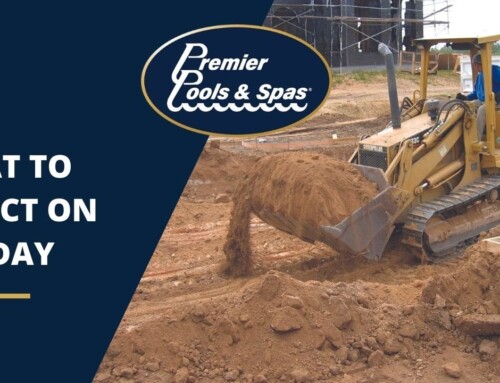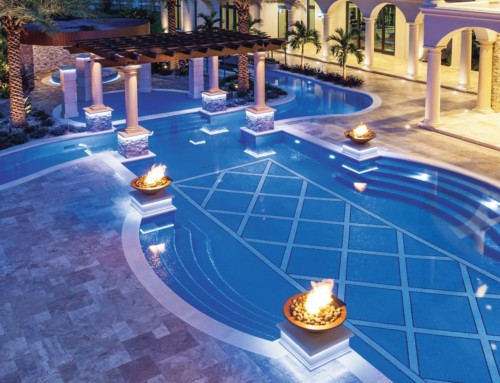How to Successfully Get Rid of Algae in Pools
It’s the height of swimming season, the kids are out of school, and it’s nothing but swimming and sunblock. So far it’s been a great season, except for one thing. As per usual you are faced with a irritating problem, a green pool. Why does this keep happening to you? What is it? Unfortunately, you’ve run into a case of algae. Thankfully, the reason why algae is growing has an easy explanation. The process to keeping it at bay is also quite simple and easy to follow. Keep reading to learn how to tackle the algae that has grown in your swimming pool.
Why is your pool green?
When the chlorine in a pool drops below 1 ppm it creates the perfect circumstances for algae to grow. As algae in your pool increases it will begin to change the waters color. The best way to do this is to shock your pool. Shocking your pool basically means adds a super amount of chemical, usually chlorine to the water. This is effective because chlorine kills algae. Typically one pound hypochlorite granular chlorine for every 10,000 gallons of water is necessary for shocking. However, an algae infestation it is going to require a lot more.
Treat by Color
Your pool is likely one of three shades when faced with an algae infestation. Teal, Green, or Black. Teal or sea foam green if you will is the lesser of the three evils. In order to shock a teal swimming pool you will need a ratio of two pounds for every 10,000 gallons of water. Green pools typically tend to resemble something close to a swamp. A green pool will require a bit more attention. The typical ration is three pounds of calcium chloride to every 10,000 gallons of water. Finally, a pool that appears black in color. This pool is going to need some serious man power. Starting out at four pounds of calcium chloride for every 10,000 gallons of water and increasing from there depending on the damage. Remember to always test your pool water prior to shocking it. PH levels should be at or around 7.5 alkalinity. Also, shock your pool at night when dealing with an algae problem. It is also important to keep your swimming pool pump running during this entire process.
Keep Your Pool Under Control
By this point you have shocked your pool once, maybe even twice. Likely, the water appears a little cloudy, this is normal. Make sure to keep your filter running. Watch for a possible rise in pressure. If it rises more then twenty-five percent, backwash the filter. Continue testing the alkalinity of the pool. During this whole process you will want to have your pool filter running 24/7. Do this until the water clarity is restored. Once restored, reduce the filter schedule to about eight to ten hours a day. Don’t forget to empty the skimmer baskets! Finally you can return to the normal schedule of running the filter about ten hours a day. Your pool should be back to normal, clear crisp blue water free of algae and bacteria. As a precaution, you can add algaecide on a weekly basis to your regular maintenance routine, although that is not required.






